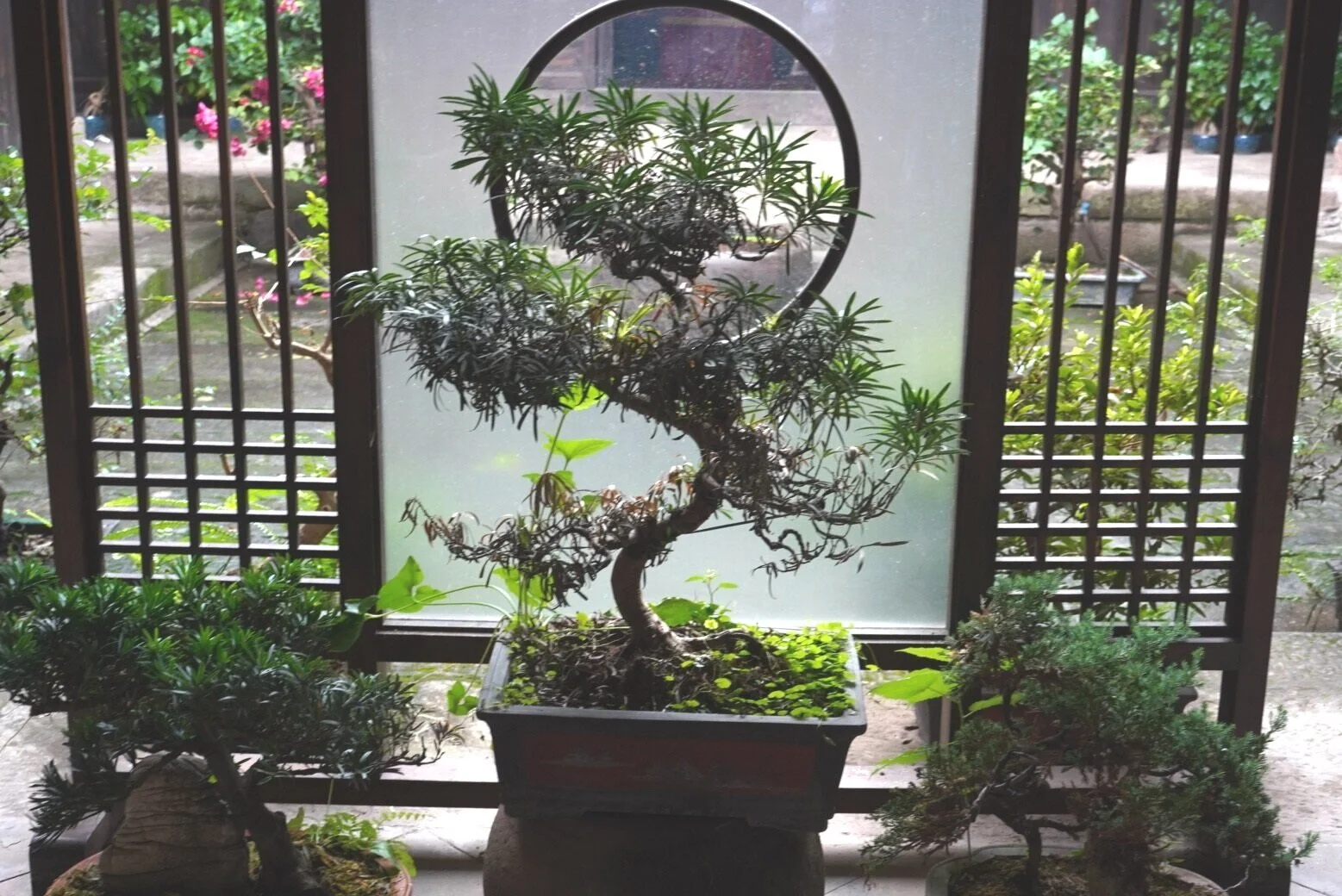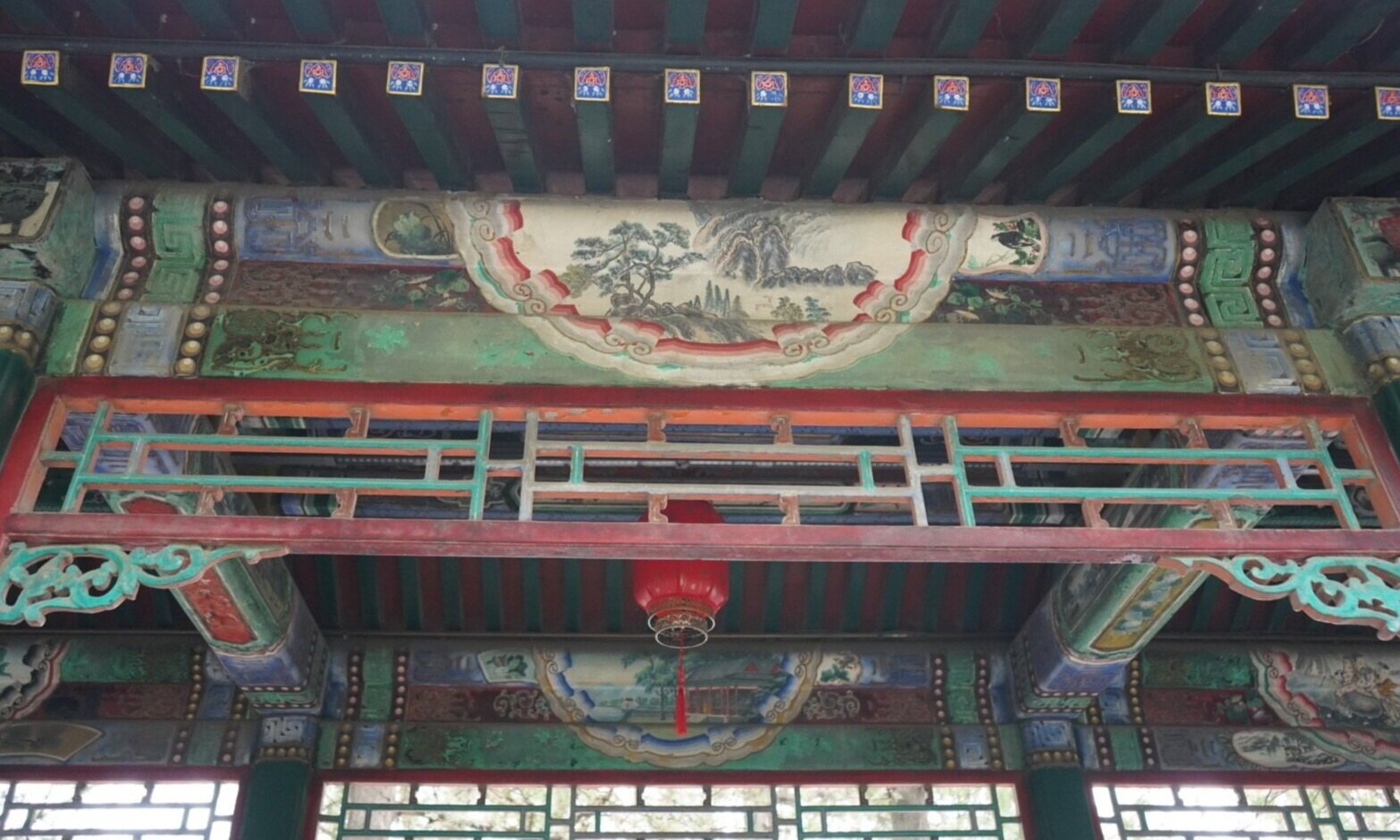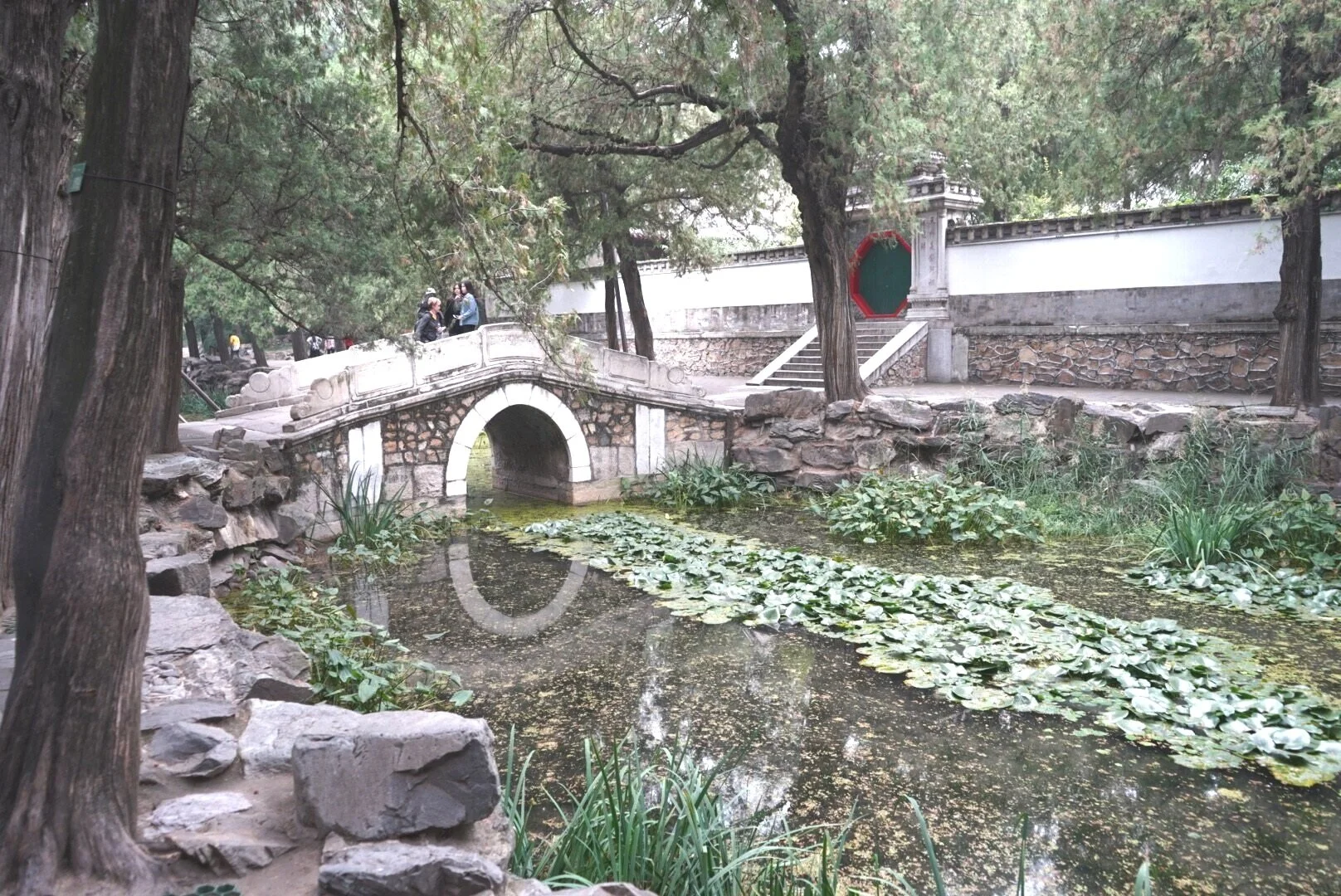5 Simple Steps to Integrating Feng Shui Principles into your Interiors
Feng Shui is an ancient Chinese practice that seeks to align your personal ”Chi” (the natural energy –life force - within you) with the ‘Chi” (energy flow) of the world around you. The basic concept is that when your surroundings are in balance, the Chi will flow better and improve everything about your life, from personal relationships to finance. Under the umbrella term of Feng Shui, there are more specific disciplines that involve charts and detailed research. You can take a broad approach like simply bringing natural elements into your home and/or take a more focused direction that can even involve the placement of items on your desktop.
As a professional interior designer, my job is to create interior environments that have a positive impact on every aspect of my client’s lives. And although I am by no means a Feng Shui expert, but I have had several occasion to work with clients who take these concepts very seriously and will use these principles not only within their home interior design, but within the actual construction of their homes (and businesses), too.
No matter how deeply you delve into the practices of Feng Shui, I have found a few main principles that encompass some valid concepts – or perhaps just good common sense when it comes to creating your home interiors.
Mirrors: There are aspects of reflective energy that surely have valid effects on a space, especially in terms of light (which is a form of energy, as well). So if your space seems lackluster try adding a mirror to reflect the natural light in a space. But ALWAYS ask yourself, "What is my mirror reflecting? And is it something worth seeing twice?"
Movement: Another Feng Shui concept is that the addition of a fountain or flowing water can add positive energy to a space. Although adding a fountain is not practical in many rooms - the idea of a room lacking energy is quite valid. My favorite way of adding movement to a space is through the use of fabric patterns, artwork or a beautiful area rug!
Nature: Yes, any room can benefit from plants, flowers or natural elements. But don't be fooled into thinking that artificial naturals will do the trick. There is nothing worse than a fake tree or dead plant to make a room feel sad. Just as with movement, nature can be found in natural textures like sisal, linen or a grass cloth wallcovering, or even colors, such as green and blue can often be the solution.
Lighting: My clients know I am a lighting nerd and embrace the idea that lighting should be a priority in any design. Light is a form of energy and can improve everything in a room, when done well. (Check out my other blogs on simple lighting improvements.) But remember, you are in charge of your Chi – so add dimmer controls to all your lighting!
Placement: Careful positioning of furniture, artwork and lighting can make a space just feel "right". Thoughtful planning can allow the traffic flow of a space make guests feel welcome and a home run smoothly. Remember that you are in control of your spaces and every decision has an effect on how your home works for you, your family and guests!
“But ALWAYS ask yourself,
”What is my mirror reflecting?
And is it something worth seeing twice?””
Whether you buy into the concepts behind Feng Shui or not, many of the concepts behind this ancient practice can have very positive impacts on your interiors and how you live. Take the time to consider a few of the points mentioned here. It’s just good common sense design!
Do you like getting my bi-monthly tips and insights? FOLLOW BAILIWICK INTERIOR DESIGN on INSTAGRAM for EVEN MORE GREAT INFO!




